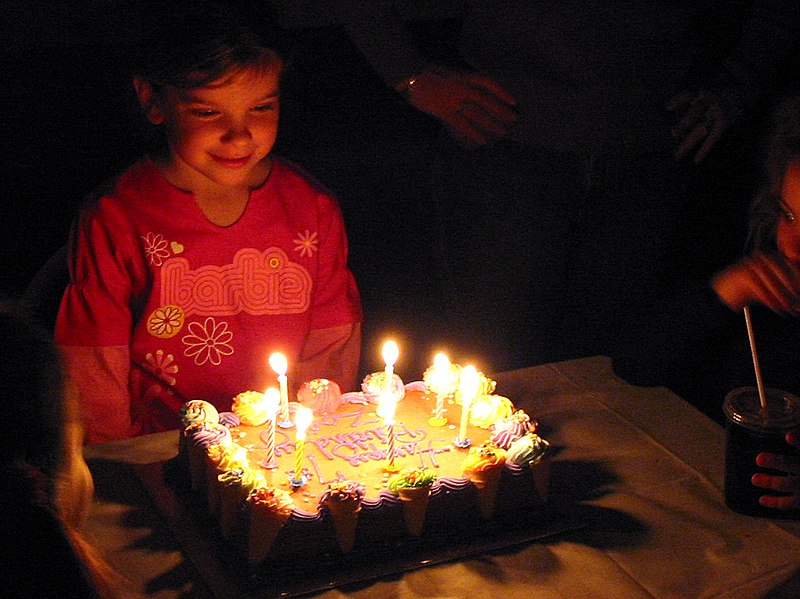Calvin Knight of Kaysville, Utah used to drive Bryan Wise to work each day because of Bryan’s health. Bryan was Calvin’s brother-in-law and a good friend.1
Bryan passed away on 27 May 2010 from an aneurysm.2
Those who knew Bryan loved his keen sense of humor, his lively stories, and his positive outlook on life, despite serious health challenges for the past three years. Even in his final hours, he made family members and caregivers laugh and feel better themselves.3
One day Calvin was reading some of the journal of his 3rd great-grandfather, Miner G. Atwood.
Miner led an immigrant company of Mormons to Utah in 1865.4
Wednesday, August 16. Last evening the cattle were very restless, some straying away, but they were all found. Started at 9 a. m; traveled five miles and camped on Beaver Creek, one and a half miles from Nebraska. (The southern boundary of the State of Nebraska.) Here a sister [Phoebe Hatton Wise] came to me and begged to be taken on to the [Salt Lake] Valley with her husband and son; I had room made for them in different wagons and brought them along. Brother Thos. Wise, the husband, gave me six dollars towards their provisions..5
Calvin was intrigued by the common surname between his friend, Bryan Wise, and his ancestor’s acquaintance, Thomas Wise. He opened up FamilySearch Family Tree and found the connection.
One hundred forty-five years before Calvin was driving his friend Bryan to work, Calvin’s 3rd great grandfather arranged a ride for Bryan’s 3rd great grandfather, not just to work, but across the great plains to a new life in the Utah Territory.
That is called serendipity in genealogy.
Sources
1. Calvin Knight, “Family History Moments: Meeting on the Trail,” Church News, The Church of Jesus Christ of Letter-day Saints, online edition (www.ldschurchnews.com : accessed 30 May 2013); print edition, 26 May 2013, p. 16, col. 3. This is the source for my entire article except as otherwise noted.
2. “Bryan Wise Obituary,” Deseret News [Obituaries] (http://www.legacy.com/obituaries/deseretnews/ : Legacy.com, accessed 30 May 2013); citing print edition, Deseret News (Salt Lake City, Utah), 30 May 2010.
3. Ibid.
4. Church History Department, “Mormon Pioneer Overland Travel,” database, The Church of Jesus Christ of Latter-day Saints [Church History website] (http://history.lds.org : accessed 30 May 2013), Miner G. Atwood Company, trail excerpt citing “Atwood, Miner G., [Journal], in Journal History of The Church of Jesus Christ of Latter-day Saints, 8 Nov. 1865, 8-22.”
5. Ibid.




 I got lots of great responses to the question, “Do you have a fix that you’d like to see on
I got lots of great responses to the question, “Do you have a fix that you’d like to see on 







 Whenever possible, I attend sessions presented by product managers so I can report on the future plans that they often reveal. (Too bad
Whenever possible, I attend sessions presented by product managers so I can report on the future plans that they often reveal. (Too bad 
 Friday I attended a presentation in the
Friday I attended a presentation in the 









 With the 2013 annual conference of the
With the 2013 annual conference of the 